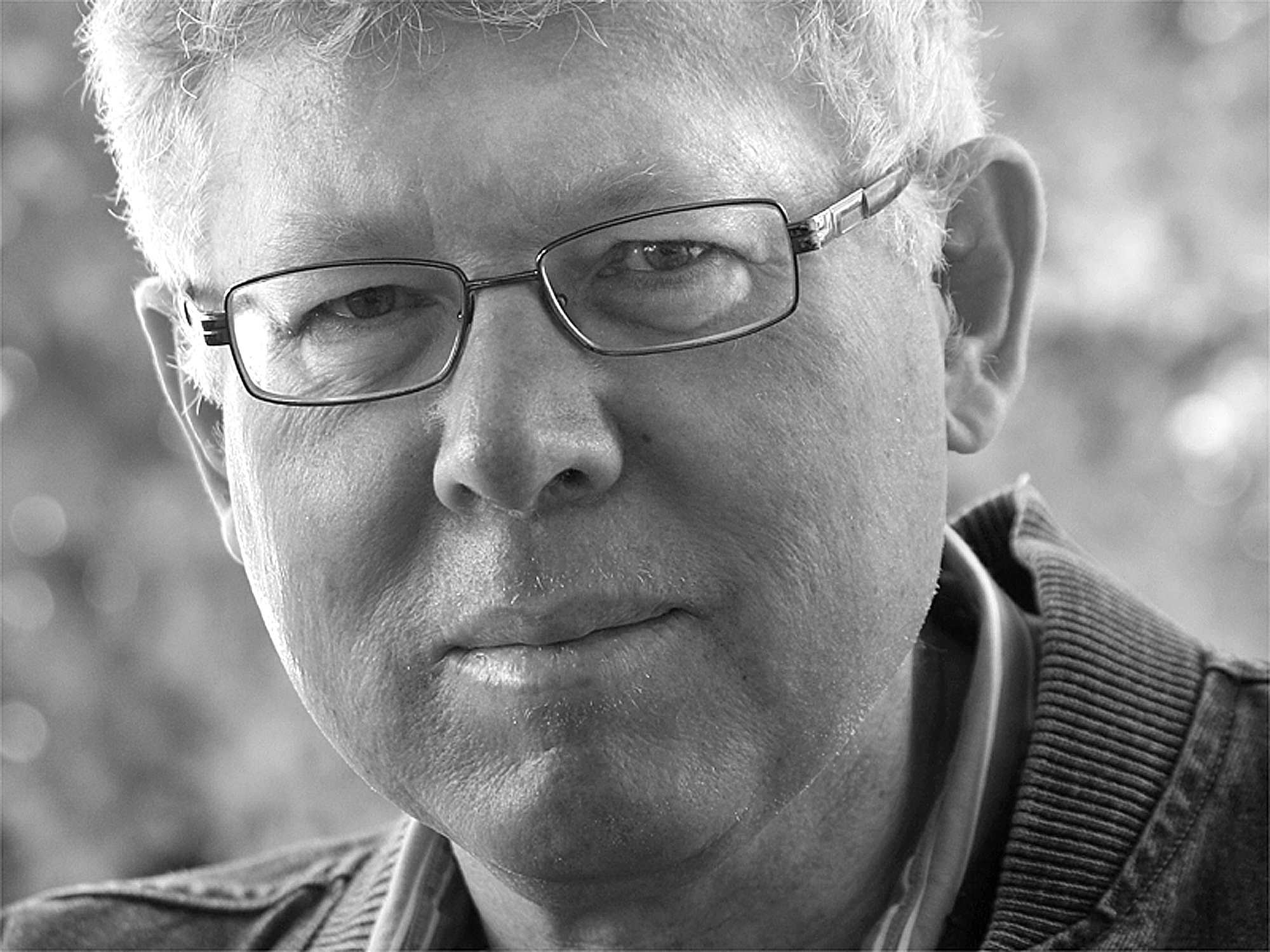Columnists
Rise up signing (badly)

It’s been a singing week.
Last Tuesday, I attended a concert given by a couple who have over two thousand songs to their names; including Some Enchanted Eveniing and I’m So Lonesome I Could Cry, Four Strong Winds and Circle Game.
Now technically, you may have a point when you assert that you thought these songs were composed, respectively, by Rodgers & Hammerstein, Hank Williams, Ian Tyson and Joni Mitchell. But the couple in question— Peter Blood and Annie Patterson— can legitimately claim to have put their names to these and hundreds of other songs because they have compiled them in two books; Rise Up Singing, published in 1988, and Rise Again, published in 2015. The books contain the words and rudimentary chording instructions for each song.
The first book has sold over a million copies and is as necessary for the folk music fan as a Fodor’s guidebook is for the tourist. No wonder; it was a godsend. When you got together with friends to play and sing music, you could no longer make the excuse that you couldn’t come up with an idea for a song to play. There sat 1,200 tunes, with playing instructions, just waiting to be lifted off the page, (Remember, this book came from 1988, when the Internet was just a gleam in Al Gore’s eye. Learning a new song wasn’t as simple as going to YouTube, especially if you didn’t own the LP, tape or CD.)
And just when you thought you might be getting a tad too familiar with the book’s repertoire, along comes another 1,200 songs, some 27 years later, in the same format. No excuses about lack of selection.
So when my wife and I saw the ad for Blood and Patterson’s concert at St. Andrew’s Church in Picton, we knew we had to go, even if only to thank them for all the pleasure their books have provided to us in our amateur singing exploits.
But on top of that, it was a fun evening. This concert did not purport to offer high grade musicianship. Instead, it was billed as a “singalong concert.” And that’s exactly what it was: everyone sang along from Ob La Di, Ob La Da to Hey, Good Lookin’, from Leaving on a Jet Plane to All I Have to do is Dream; no one held back. Some sang more mellifluously than others, but everyone sang.
Blood and Patterson are attempting to carry on the tradition of folk legend Pete Seeger, who would have been 100 years old next May. Seeger was famous for turning almost every song he performed into a singalong. (He was heavily involved in the creation of the first book, and wrote the preface to the second. Blood and Patterson sell Seeger’s CDs at their concerts.)
All of which made me wonder why there aren’t more public opportunities to just let loose and sing with others. Perhaps it’s because of the prevalence of private music fed directly from the cloud to our headphones. Perhaps it’s because people are less social than they used to be. Perhaps it’s because church-going has declined. Perhaps it has something to do global warming: everything else does.
Two people also trying to buck this trend are Tim Falconer and Tyler Ellis, who presented a session during the County Reads More series last weekend. Falconer, who is the current writer in residence at the Al Purdy A-frame retreat in Ameliasburgh, is the author of Bad Singer: The Surprising Science of Tone Deafness and How We Hear Music. His book explores, in a breezy way, the latest neuroscience of music. Ellis is a musician and elementary school music teacher.
Falconer and Ellis suggest that you can divide people into a minority who feel comfortable singing publicly, and a majority who don’t. That majority can then be divided into those who can be coaxed out of their shyness, and those who resist and claim to be tone deaf. The supposedly tone deaf can then be divided into those who can improve with training, and the small fraction (2.5 per cent or less) who are “amusic”—whose brains are wired in such a way that they encounter serious obstacles to taking in and producing music. But even the amusic group, Falconer among them, can improve their singing to some extent with training. And, as Falconer points out, it is possible for an amusic like him to enjoy singing, even though it may be hard for both the singer and the listener.
Falconer and Ellis decry the emphasis in music education on weaning out the less adept, instead of encouraging them. And that is the point at which their message converges with that of Blood and Patterson. Singing is for everyone; including bad singers.

Comments (0)